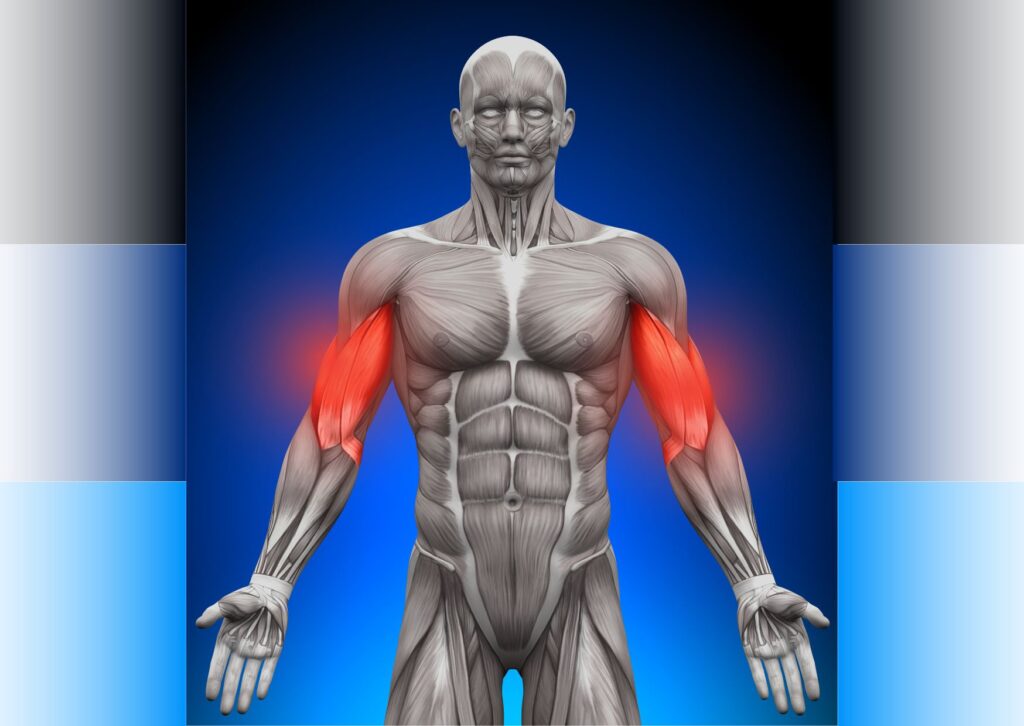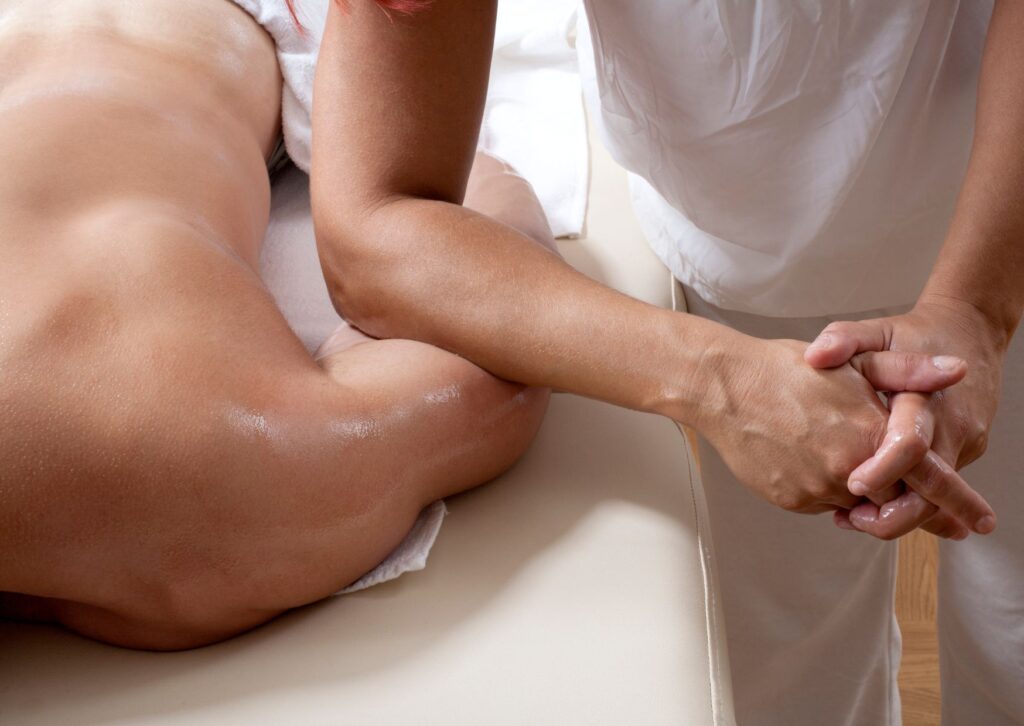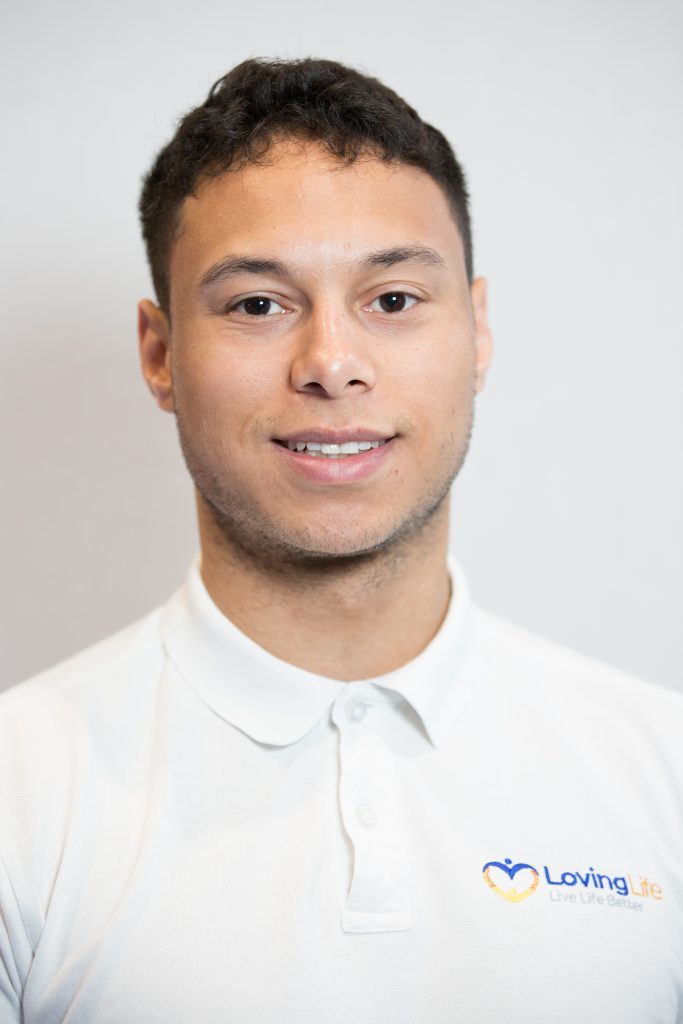Pain After Bicep Curls? – Try This!
It is normal to experience some muscle soreness and pain after performing bicep curls.
This is known as delayed onset muscle soreness (DOMS), and it is a result of microscopic tears in the muscle fibers.
These tears are actually a good thing, as they are a sign that the muscles are being stressed in a way that will cause them to grow stronger.
However, if you experience severe or prolonged pain after performing bicep curls, it may be a sign of an injury and you should consult a doctor or physical therapist.
It is also important to make sure you are using proper form when performing bicep curls to avoid strain or injury.
What are Bicep DOMS?
Bicep DOMS refers to delayed onset muscle soreness in the biceps muscles.
The biceps are the muscles in the front of the upper arm that are responsible for bending the elbow and the outward rotation of the forearm.
Like any other muscle, the biceps can become sore after a new or strenuous activity. DOMS in the biceps is common after exercises such as weightlifting or other activities that involve the biceps muscles.
As with other cases of DOMS, the soreness usually goes away on its own within a few days.

How to Reduce Pain After Bicep Curls?
Here are a few ways to reduce pain after doing bicep curls:
Rest and Recovery
After a workout, your muscles need time to repair and rebuild. This process is essential for muscle growth and can help reduce pain. Sometimes you just need a few days rest
Apply Ice to the Bicep
Ice can help reduce inflammation and pain. To use ice, wrap it in a towel and apply it to the sore area for 10-15 minutes at a time. Ice packs or cold compresses are also great to use in reducing the pain and inflammation of the bicep.
Get a Sports Massage
Sports massage can help to improve blood flow to the affected area and reduce pain. It is important that you tell your sports massage therapist of your pain and discomfort before getting the massage. This will allow them to apply the right massage techniques, as well as the correct pressure.

Take Over-The-Counter Pain Relief
Over-the-counter pain relief such as ibuprofen or paracetamol can often help to reduce pain and inflammation. Please ensure you read all of the instructions and guidelines before taking any medication that isn’t authorised by your doctor.
Stretch
Stretching can help to improve flexibility and reduce pain. It’s important to stretch gently and avoid overstretching as this may cause more harm than good.
Performingg dynamic stretches on your bicep can help to increase blood flow to the area and reduce stiffness and tightness.
In general, it’s important to listen to your body and give it the time it needs to recover after a workout.
If you continue to experience pain after trying these remedies, it’s a good idea to speak with a doctor or physical therapist for further advice.
Lower Back Pain after Doing Bicep Curls?
It is not uncommon to experience lower back pain after doing bicep curls. This can happen for a variety of reasons.
For example, if you are using improper form when doing bicep curls, this can put additional strain on your lower back muscles, leading to pain.
Additionally, if you have a pre-existing lower back condition, such as a herniated disc, doing bicep curls can exacerbate this condition, leading to pain.
It is important to always use correct form when exercising, and to listen to your body and stop if you experience any pain.
If you have a pre-existing lower back condition, it may be a good idea to speak with a doctor or physical therapist before doing exercises like bicep curls.
Personal trainers and gym instructors will be able to help assist you with your bicep curls and ensure you’re performing them with the correct technique.
Author –
Tyler Lowe – Health & Wellbeing Speaker
BSc Sport & Exercise Rehabilitation


